Mary Cassatt: Celebrated Impressionist
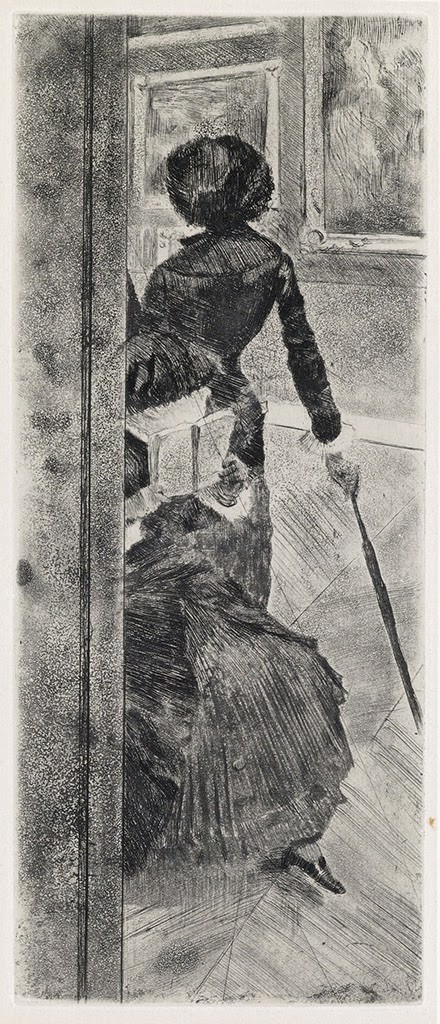
Lot 29 in Swann’s Armory Show at 100 auction, 2013.
Born in Philadelphia into a well-to-do family, Mary Cassatt (1844-1926) spent most of her adult life in Europe and, along with Berthe Morisot, went on to become one of the most celebrated female Impressionists. In the 1860s, she initially trained as an academic painter with masters Jeon-Léon Gérôme and Thomas Couture, submitting works to the Paris Salon and studying from old master paintings in the Louvre. In 1876, Edgar Degas invited her to show in the next Impressionists Exhibition, insisting that, “Most women paint like they are trimming hats, (but) not you.”
She enthusiastically accepted the offer to exhibit and went on to show works in four of the eight subsequent Impressionist Exhibitions. Cassatt and Degas had a close relationship and it was under Degas’s guidance that she developed her techniques in pastels and etching/aquatint. Degas also depicted Cassatt in a series of etchings that recorded their visits to the Louvre. After 1886, Cassatt no longer considered herself part of any artistic group, and while she remained friends with the founding Impressionists, she distanced herself stylistically. Over the course of her career she also served as an art adviser to many American collectors, including Louisine and Harry Havemeyer, helping them to build an impressive collection of Impressionist art that is now among the centerpieces of the Metropolitan Museum of Art in New York.
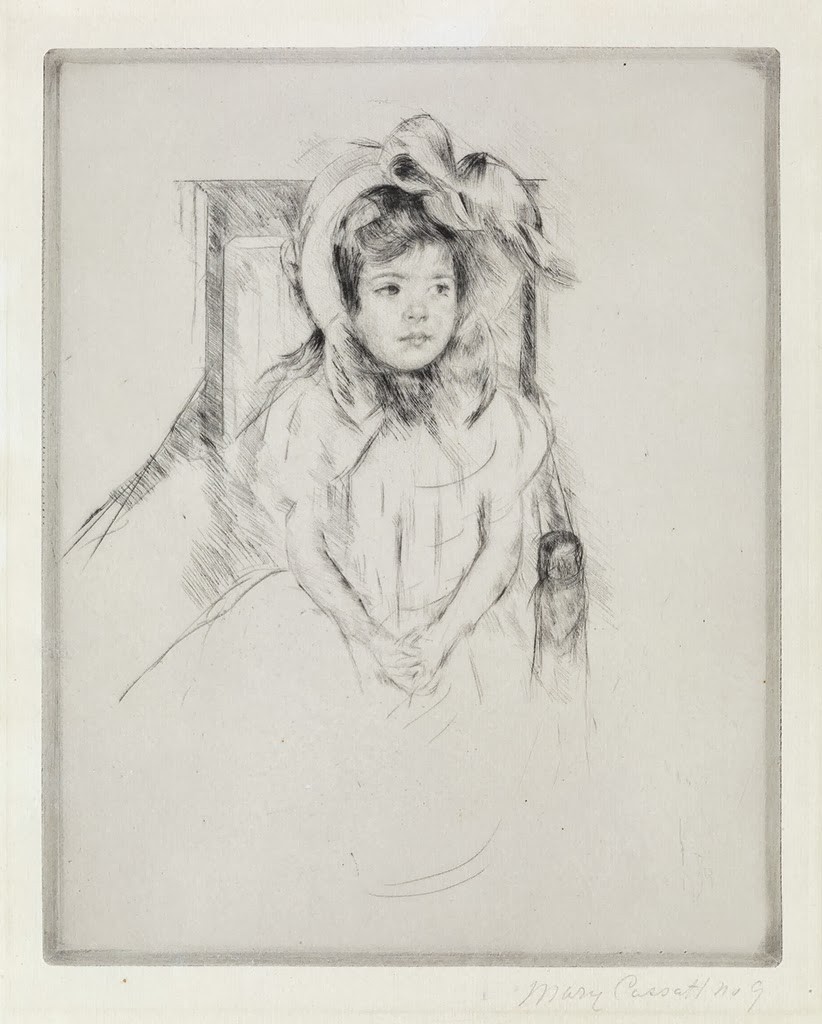
Cassatt was very opinionated and did not appreciate many of the works by the Post-Impressionists, Fauves and Cubists. It has been suggested that she was unaware there were any works representing her in the Armory Show, as she was at the time nearing 70 years old and going blind. Had she known, she would not likely have been pleased. Two works, an oil and a watercolor, were displayed in Gallery O of the Armory Show along with her contemporaries, Degas and Monet, as well as the Post-Impressionists Seurat and Toulouse-Lautrec—neither of whose work she appreciated. Cassatt’s distaste of Paul Cézanne’s mid- to late-career paintings (she approved of his earlier work), echoed by the Armory Show press that so vehemently criticized his early modernist style, led Cassett to sell off most of her Cézanne paintings.
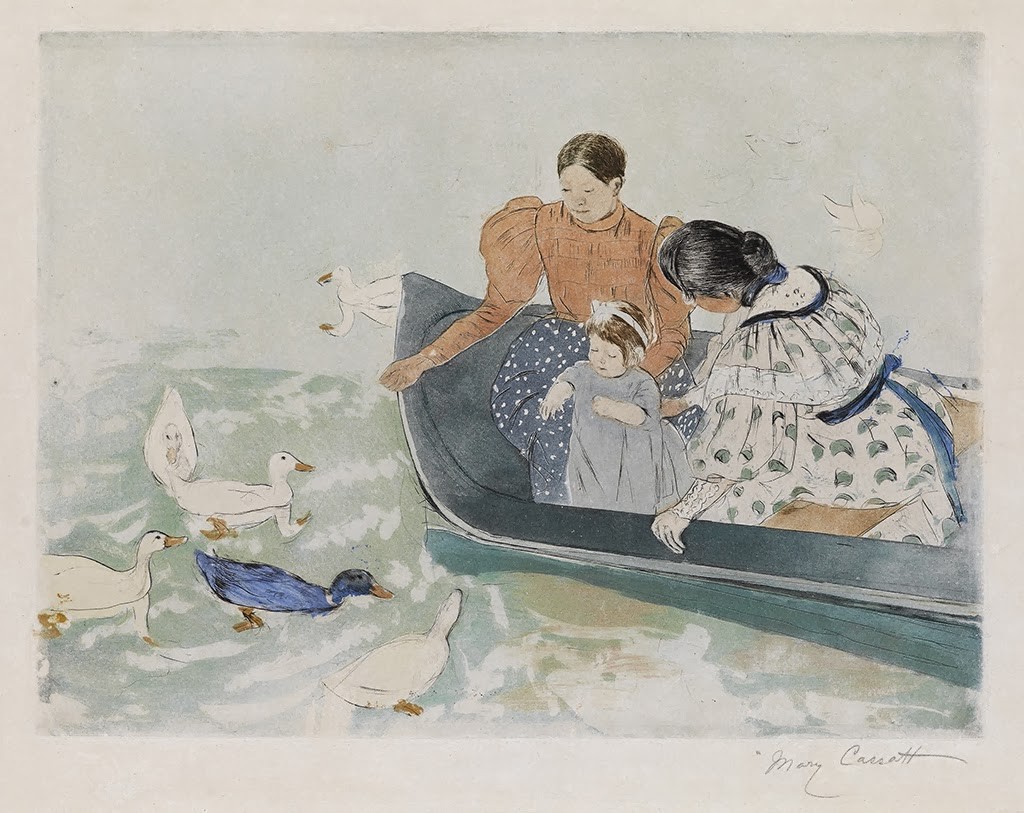
Cassatt made 220 etchings, drypoints and aquatints between the mid-1870s and early 1900s, among the most famous of which are a set of ten color aquatints, each made in an edition of approximately 25. She was deeply influenced by traditional Japanese Ukiyo-e color woodcuts when she began to work on this set of color prints. As she wrote to American collector Samuel P. Avery, “The set was done with the intention of attempting an imitation of the Japanese methods.” While she focused on producing these as color aquatints with etching (with technical assistance from Degas), rather than woodcuts in the Japanese style, the results remain a highpoint in Impressionist printmaking.
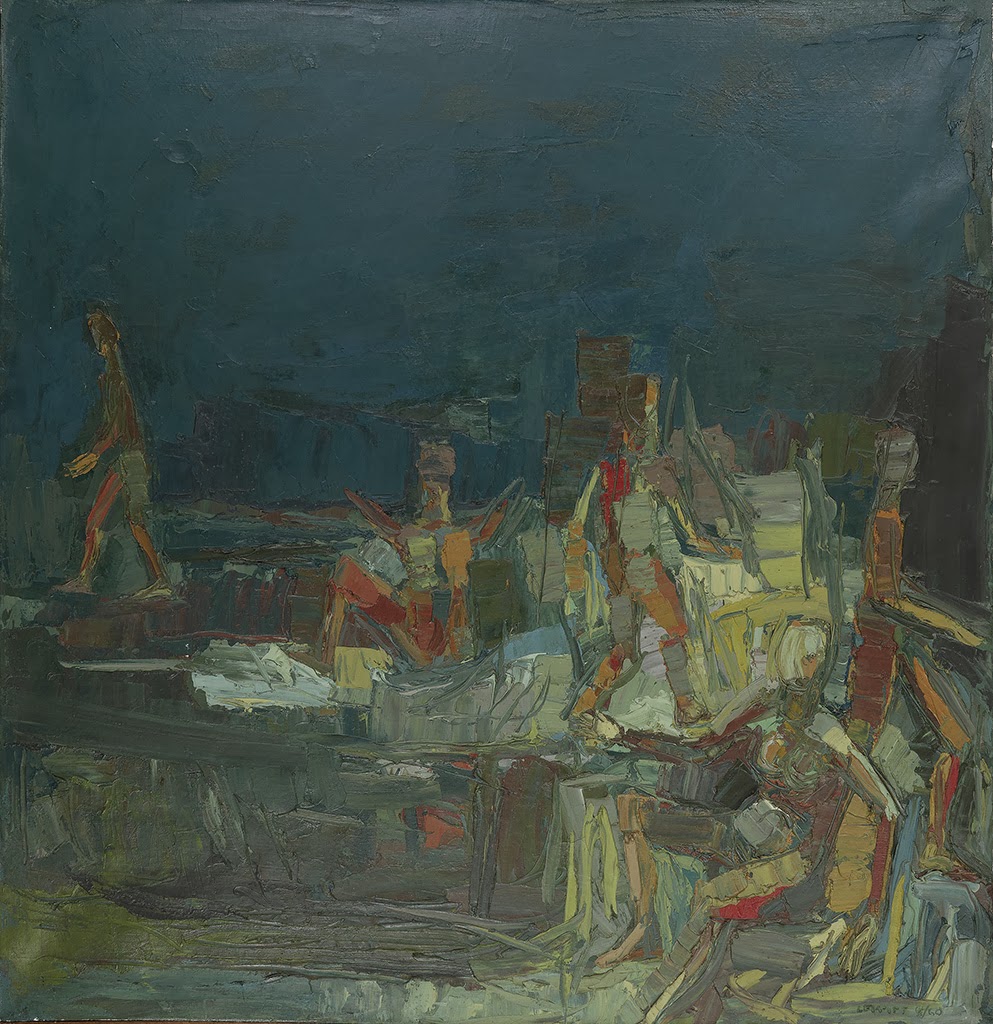
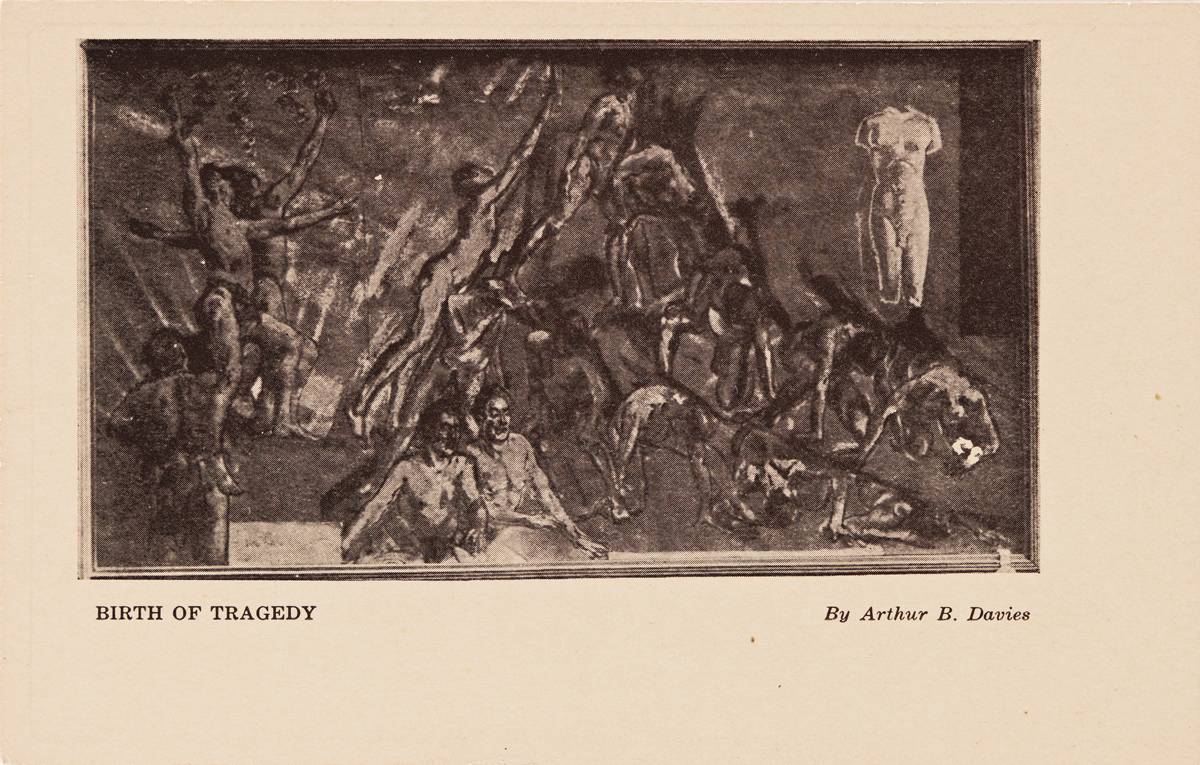












![Grace Meschery-McCormack shares about two copies of Fernando de Rojas’s ‘La Célestine,’ including a limited edition copy illustrated by Pablo Picasso.
At auction April 22. Learn more about the works at the link in our bio.
#Rarebooks #rarebookdealer #antiquarianbooks #auctions
_______________________________________
Music Credit:
Schubert - Piano Quintet in A major ‘The Trout’, D. 667 - IV. Andantino – Allegretto
Music provided by Classical Music Copyright Free on Youtube [https://tinyurl.com/visit-cmcf]
Watch: • Schubert - Piano Quintet in A major ‘...]](https://scontent-iad3-1.cdninstagram.com/v/t51.75761-15/491443494_18499096345036585_5935932878956098058_n.jpg?stp=dst-jpg_e35_tt6&_nc_cat=107&ccb=7-5&_nc_sid=18de74&_nc_ohc=Kjf2AzWLeY8Q7kNvwEQYrfY&_nc_oc=Adn_Uzi4Nwl1nHCsTtuLCIkthuYOWwKedtxovtcdMSYhpbHQGScR7QSzzN2rD0v-khE&_nc_zt=23&_nc_ht=scontent-iad3-1.cdninstagram.com&edm=AM6HXa8EAAAA&_nc_gid=FPDAGVM_rTr2puw1j4XAzg&oh=00_AfJ208MgBjdU2V6q-XkKbkWAfCqb8CZ3fXdQX5lONhia-A&oe=68242151)


